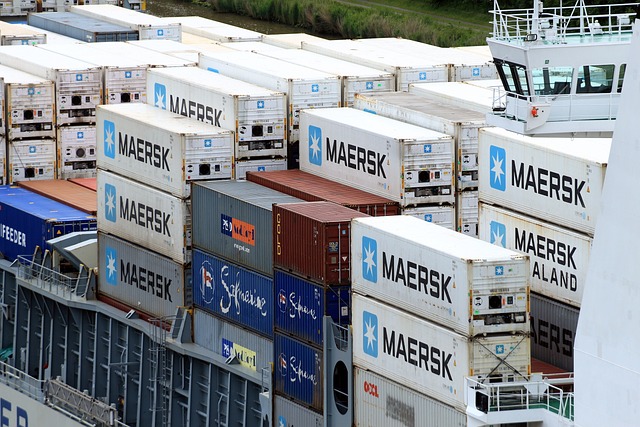Vehicle shipping in Texas is priced based on distance, size, weight, and vehicle type. Long-distance or state-line shipments are more expensive due to increased fuel, driver time, and administrative costs. Larger vehicles like trucks or SUVs require specialized carriers and more space, driving up prices compared to smaller cars. Unique features or bulky cars may necessitate larger carriers, impacting the overall cost. Distance traveled significantly affects shipping expenses, with longer routes incurring higher fees due to extra fuel, labor, and potential delays. Understanding these factors ensures customers receive accurate, tailored estimates for vehicle shipping in Texas.
Vehicle shipping prices in Texas aren’t a one-size-fits-all proposition. This article uncovers the factors driving costs: distance and vehicle size. We’ll explore how these variables impact pricing within Texas and between states. From compact cars to SUVs and specialized vehicles, discover common rate structures. Learn about shipping methods, seasonal fluctuations, and tips for comparing quotes to secure the best value for your vehicle transportation needs in Texas.
- Understanding Vehicle Shipping Costs: The Key Factors
- – Distance: How it influences shipping rates and why longer routes are more expensive.
- – Size: Different vehicle types and their unique considerations in the pricing structure.
Understanding Vehicle Shipping Costs: The Key Factors

Understanding Vehicle Shipping Costs: The Key Factors
When considering vehicle shipping in Texas, distance and size are the primary factors influencing prices. The cost to transport a vehicle across state lines or over long distances will be significantly higher than local or short-haul shipments due to increased fuel expenses, driver time, and administrative overhead. Similarly, larger vehicles like trucks, SUVs, or recreational vehicles require more space and specialized carriers, driving up shipping costs compared to smaller sedans or compact cars.
Additionally, other factors such as weight, make and model, and the condition of the vehicle can also play a role in setting pricing. Some vehicles may have unique features or components that necessitate extra care during transit, while heavier or more bulky cars will demand larger carriers, impacting overall shipping costs.
– Distance: How it influences shipping rates and why longer routes are more expensive.

The cost of shipping a vehicle, especially over long distances, is directly influenced by the miles traveled. In the case of vehicle shipping Texas, for instance, rates are calculated based on how far the vehicle needs to be transported. Longer routes naturally incur higher expenses due to increased fuel costs, additional manpower required, and potential delays caused by weather or traffic conditions. These factors contribute to making distant shipping more expensive compared to shorter trips.
– Size: Different vehicle types and their unique considerations in the pricing structure.

When it comes to vehicle shipping in Texas, the size of the vehicle plays a significant role in determining the shipping price. Different types of vehicles have unique considerations that impact the overall cost. For instance, smaller compact cars or sedans are generally less expensive to ship due to their smaller dimensions and weight compared to larger SUVs, trucks, or vans. These bulkier vehicles often require more space and specialized handling equipment, leading to higher shipping fees.
Additionally, vehicle shipping companies may factor in the value of the vehicle. Luxury or high-end cars might attract premium pricing due to their intricate manufacturing processes and higher replacement costs. Conversely, standard or older models typically have lower shipping rates. It’s crucial for customers to consider these size and value variations when planning vehicle transportation to ensure they receive an accurate estimate tailored to their specific needs in the Texas shipping market.
When shipping a vehicle in Texas, understanding how distance and size impact costs is key. Longer routes mean higher prices, while different vehicle types have unique pricing considerations. By factoring these elements, you can better plan and budget for your vehicle shipping needs.
